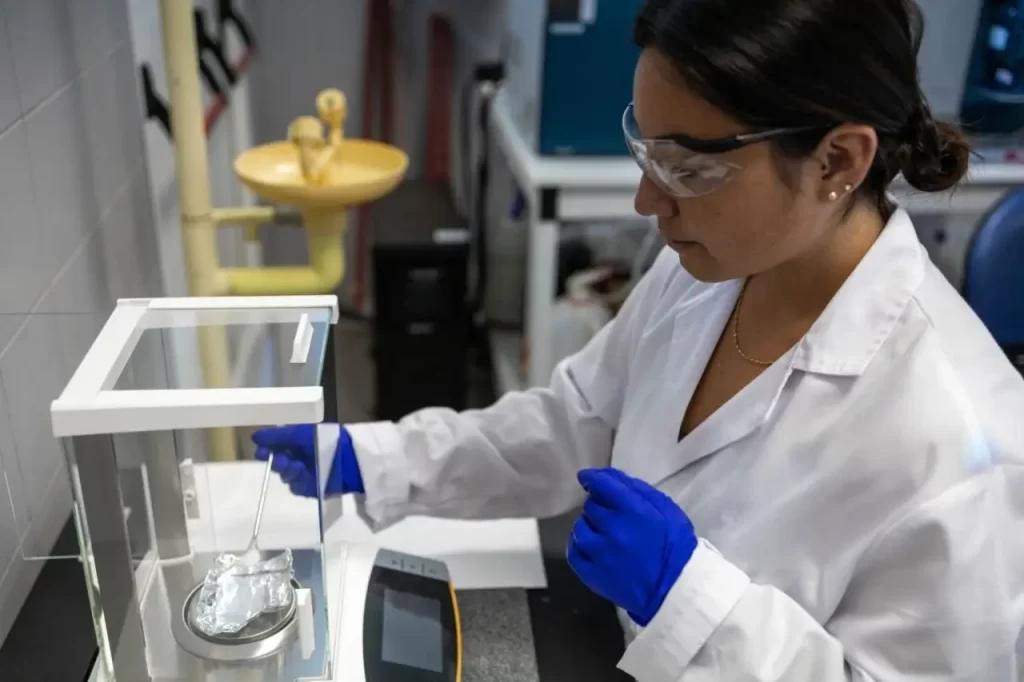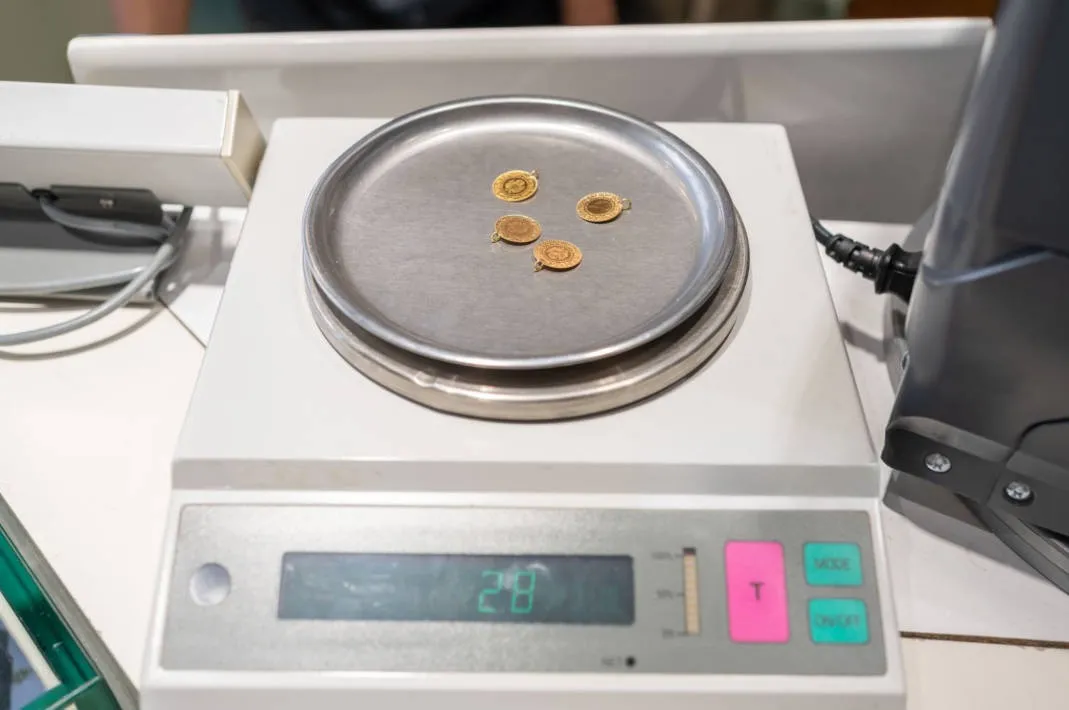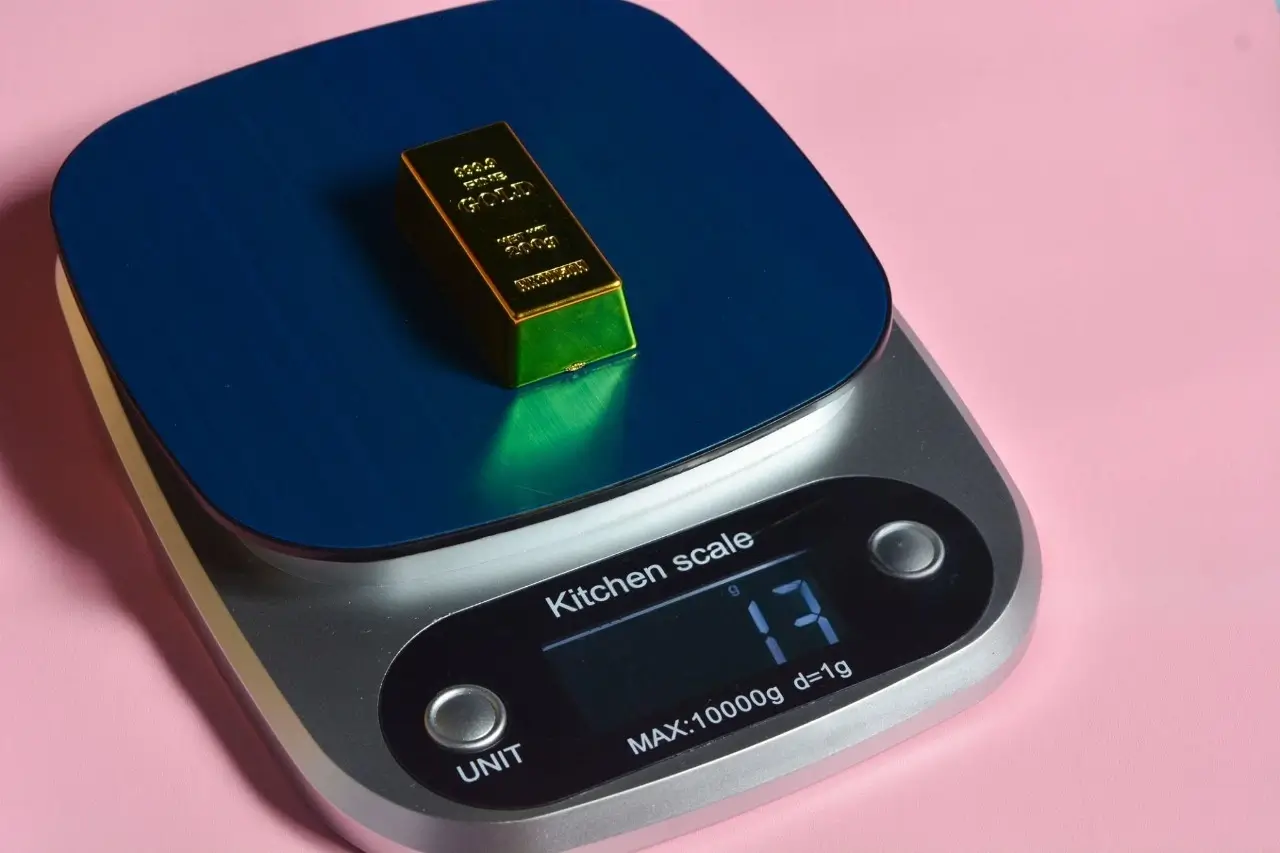Accurate measurements are the foundation of reliable research. A lab balance’s accuracy isn’t a single number—it’s a dynamic interplay of its design, environment, and user technique. Mastering these factors ensures your data holds up under scrutiny when using a laboratory scale, lab weighing balance, or lab analytical balance.
In this guide, we’ll clarify what accuracy means for a lab balance, compare types of laboratory scales, and share practical tips to keep your measurements precise.

What Does “Accuracy” Mean for a Lab Balance?
When working with a lab weighing balance or laboratory scale, it’s vital to distinguish between accuracy and precision, terms often confused outside scientific circles.
- Accuracy measures how close your reading is to the true value. For instance, if a 10g standard weight reads 10.0001g on your lab balance, it’s highly accurate.
- Precision reflects consistency across repeated measurements. Weighing that 10g weight five times and getting 10.0001g, 10.0002g, 10.0001g, 10.0001g, and 10.0002g shows excellent precision.
A lab balance’s readability—the smallest weight increment it can display, typically in grams (g) or milligrams (mg)—is a key indicator of its potential for both accuracy and precision. A laboratory scale with 0.01g readability resolves to the hundredth of a gram, while a lab analytical balance with 0.0001g readability measures to the ten-thousandth of a gram.
Types of Lab Balances and Their Accuracy
Choosing the right lab balance or laboratory scale depends on your needs, as each type offers distinct precision and functionality.
Lab Analytical Balances
- Features: Lab analytical balances are the most sensitive lab weighing balances, with readability of 0.1mg (0.0001g) or finer. They excel at detecting minute mass changes.
- Applications: Ideal for tasks like chemical analysis, pharmaceutical formulation, or quality control, where small quantities matter.
- Design: Equipped with a draft shield to protect the weighing pan from air currents, ensuring stable measurements for lab analytical balances.
Precision Balances
- Features: Less sensitive than lab analytical balances but still highly accurate, precision lab balances offer readability from 0.01g to 0.001g.
- Applications: Versatile for preparing chemical solutions, weighing larger samples, or general lab work with a laboratory scale.
- Design: Some precision lab weighing balances include a draft shield, depending on readability and capacity, but they’re often built for broader use.
Key Factors Affecting Balance Accuracy
Even the best lab balance or laboratory scale can produce inaccurate results if mishandled. Here are the critical factors to consider:
Calibration
Why It Matters: Calibration ensures your lab weighing balance delivers accurate readings. Over time, internal components may drift, skewing results, which can compromise your data’s reliability. Regular calibration keeps your lab balance performing at its best.
How to Do It: Use certified standard weights with known mass. The lab balance measures these weights and adjusts its internal settings to ensure accurate measurements.
Environmental Factors
- Vibration: Slight vibrations from foot traffic or nearby equipment can disrupt a lab balance’s readings. Place your laboratory scale on a stable, vibration-dampening surface.
- Air Currents: Air from vents, fans, or passing colleagues can affect a sensitive lab weighing balance. A draft shield is essential for lab analytical balances.
- Temperature: Sudden temperature shifts can cause components or samples to expand or contract, altering measurements on a lab balance.
Operational Factors
- Leveling: An unlevel lab balance misreads weight. Check the built-in bubble level before each session and adjust the laboratory scale’s feet as needed.
- Cleanliness: Residue on the weighing pan, like spilled powders or liquids, can skew results. Keep the pan and surrounding area of your lab weighing balance spotless.
- Sample Placement: Center the sample on the weighing pan of your lab balance to ensure even load distribution and accurate sensor readings.
How to Maintain Lab Balance Accuracy
Daily Checks
- Calibrate and test your lab balance or laboratory scale regularly with certified weights. A quick check with a known weight before experiments prevents errors.
- Verify the lab weighing balance is level using the bubble indicator and adjust as needed.
Operating Tips
- Place the lab balance on a stable, vibration-free surface, away from air vents or high-traffic areas.
- Use a draft shield for lab analytical balances to block air currents.
- Allow the laboratory scale to warm up and stabilize before weighing.
Maintenance
- Follow the manufacturer’s care guidelines to keep your lab weighing balance in peak condition.
- For critical applications, schedule professional calibration and maintenance for your lab balance with a certified provider.
Choosing the Right Lab Balance
The ideal lab balance or laboratory scale aligns with your tasks. Here’s a guide to match your needs:
For Chemical Research & Pharmaceutical Formulation
- Your Need: Uncompromising accuracy for micro-samples, ensuring precise measurements with a lab analytical balance.
- Recommendation: Lab analytical balances, with readability down to 0.0001g and a draft shield, meet the rigorous demands of chemical and pharmaceutical work.
For Education & General Lab Use
- Your Need: A dependable, user-friendly laboratory scale for preparing solutions, weighing bulk materials, or classroom demos.
- Recommendation: Precision lab balances, with readability of 0.01g or 0.001g, offer a practical mix of accuracy and versatility.
For Industrial Quality Control & Manufacturing
- Your Need: Durable, precise weighing for larger samples in consistent production environments using a lab weighing balance.
- Our Recommendation: High-capacity precision lab balances provide ample platform size and capacity while maintaining accuracy for quality checks.
Conclusion
The accuracy of a lab balance, laboratory scale, or lab weighing balance depends on its design, the environment it operates in, and your attention to detail. By mastering accuracy and precision, you ensure your measurements are trustworthy, forming a solid foundation for your research.
Is your current lab balance or lab analytical balance up to the task? High-precision measurements drive scientific success, and we offer a wide range of lab analytical balances and accessories to meet the most demanding requirements.
Contact our experts today for a tailored solution to elevate your laboratory scale’s accuracy.




